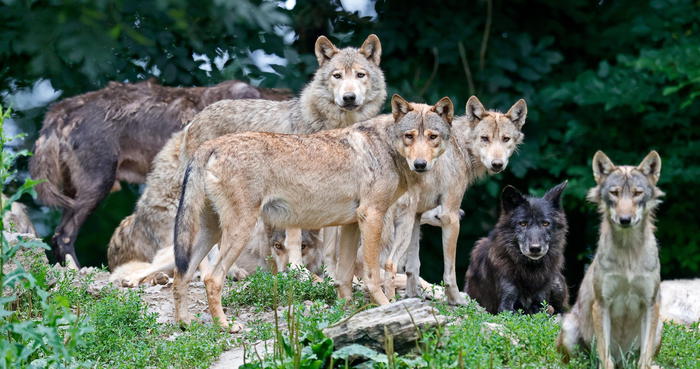The wolf has returned to the Pisan hills and its presence is the highest ever attested for over three centuries. The news comes from a study conducted by the Department of Veterinary Sciences of the University of Pisa recently published in Human Dimensions of Wildlife, which traces "the evolution of the presence of the wolf in the Pisan hills between the 17th and 21st centuries in relation to the socio-economic, environmental and cultural changes of the territory".
The research, explains the Pisan University, "has highlighted that the trend of the wolf population in the Pisan hills was marked by three crucial historical moments: the beginning of the Lorraine domination of the Grand Duchy of Tuscany (1737), the Unification of Italy (1861) and the agrarian reform of 1950: in the 17th century the wolf was widespread in the Pisan hills and hunting was intensely practiced to protect transhumant livestock, the expansion of agricultural activity with deforestation and reclamation started by the Lorena family up until the unification of Italy therefore brought about a profound change in the rural landscape with the consequent decline of wolves, leading to local extinction during the Second World War, while the agrarian reform marked the beginning of a gradual restoration of the natural environment which led to a recolonization by the wolf of almost the entire territory of the Pisan hills".
The historical and current presence of the wolf on the Pisan hills was outlined by the research group coordinated by Professor Antonio, combining current detection methods (photo traps and genetic analyses) and a meticulous examination of historical and archival sources. "The current presence of the wolf in the Pisan hills - observes researcher Francesca Coppola, first author of the article - is the result of a natural recolonisation by this predator which occurred following a process of renaturalisation of the territory which allowed a return of wild fauna to pre-nineteenth century levels: the hope is to promote awareness of the importance of these processes and at the same time to curb the irrational emotional wave that pushes towards the killing of the wolf".

